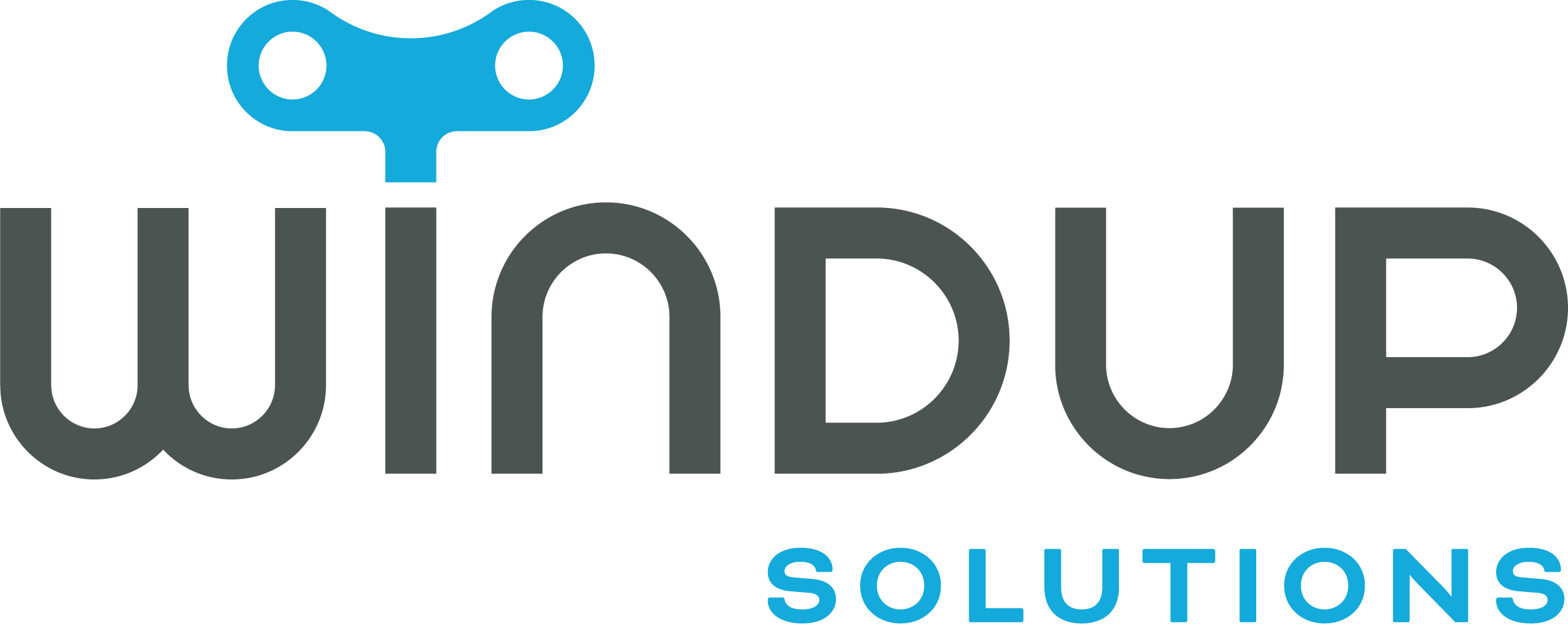
Virtual desktop infrastructure (VDI) is rapidly evolving, and by 2025, it will be a key element of IT strategies for small to medium-sized businesses (SMBs).
As businesses seek to improve flexibility, optimize resources, and ensure scalability, they need to stay up to date with the latest VDI trends. Below, we explore how trends like hybrid cloud environments, AI-driven analytics, and improved scalability are shaping the future of VDI.
The Rise of Hybrid Cloud VDI Solutions
The shift toward hybrid cloud environments is one of the most significant VDI trends. Traditionally, VDI was either hosted on-premise or fully in the cloud, but the hybrid approach allows businesses to leverage both the flexibility of the cloud and the control of on-premise systems. Here’s why hybrid cloud VDI is gaining traction:
-
-
- Cost Efficiency: Hybrid cloud environments allow businesses to scale up or down based on demand, reducing infrastructure costs. This flexibility means companies only pay for what they use, especially during peak periods when extra resources are needed. By maintaining on-premise control for regular workloads and utilizing the cloud for high-demand situations, businesses can save significantly on hardware and operational costs.
- Resource Flexibility: The hybrid approach offers a flexible allocation of resources. When workloads spike, businesses can rely on the cloud to handle the excess, ensuring their operations run smoothly without the need for constant hardware upgrades. Conversely, for day-to-day operations, companies can stick to their on-premise infrastructure, keeping control over critical applications and data while avoiding cloud over-dependence.
- Security and Control: Hybrid cloud solutions provide better control over sensitive data. Businesses can store and manage critical data on-premise, ensuring compliance with data privacy regulations, while using cloud services for less sensitive, high-volume tasks. This separation allows companies to maintain security and regulatory compliance while still benefiting from the scalability of cloud resources.
- Adaptability for Growth: Hybrid cloud VDI makes it easier for businesses to scale as they grow. Whether expanding into new markets, adding new employees, or deploying new applications, businesses can quickly adapt by leveraging cloud resources. This adaptability ensures that businesses remain agile and capable of meeting new challenges without being constrained by physical infrastructure.
-
AI-Driven Analytics and Automation
As VDI technology advances, AI-driven analytics is expected to play a larger role in optimizing performance, security, and user experience. AI is set to revolutionize how businesses manage their virtual desktops. Key benefits of integrating AI-driven analytics into VDI include:
-
-
- Performance Monitoring: AI can monitor VDI usage in real time, analyzing traffic patterns, CPU usage, and application performance to make resource allocation decisions on the fly. By predicting peak usage times, AI can ensure systems run efficiently without delays or overloading. This proactive resource management reduces downtime and improves the overall user experience by ensuring critical applications have the power they need.
- Enhanced Security: AI can monitor user behavior to detect unusual activity that might indicate a security breach. Whether it’s a sudden surge in data transfers or logins from unexpected locations, AI can flag potential threats before they become critical issues. For SMBs, this level of security is invaluable, especially in protecting sensitive data from cyber threats. AI can even adjust security protocols dynamically, tightening access controls when a potential threat is detected.
- Automated Maintenance: AI can automate routine IT tasks such as patch management, software updates, and user provisioning. Automating these tasks reduces the risk of human error while freeing up IT staff to focus on more strategic initiatives. For small businesses with limited IT resources, this automation improves operational efficiency and ensures that the virtual desktop infrastructure remains secure and up-to-date.
- Cost Optimization: AI helps businesses avoid over-provisioning by adjusting resource allocation based on actual demand. By accurately predicting peak traffic times and automatically adjusting resources, AI can optimize the cost of running VDI environments. This cost-efficiency is particularly beneficial for SMBs looking to manage their budgets while still maintaining high levels of performance.
-
VDI Scalability for Small Businesses
For SMBs, VDI scalability is essential to meet growing workforce demands without the need for significant infrastructure investments. As businesses expand, their IT needs change, and VDI offers a solution that scales with them. Benefits of VDI scalability include:
-
-
- Flexibility for Remote Workforces: VDI allows businesses to easily scale their virtual desktop infrastructure to accommodate remote workers, whether they’re adding new employees or enabling flexible work arrangements. With VDI, new users can be onboarded quickly, allowing businesses to expand their workforce without having to worry about hardware constraints or office space. This flexibility is especially valuable in a world where remote and hybrid work models are becoming the norm.
- Instant Scalability: With cloud-based VDI, businesses can instantly scale their operations, adding virtual desktops without the need for physical hardware upgrades. This scalability means that SMBs can handle fluctuating demands—such as seasonal hiring or project-based increases in staffing—without a major overhaul of their infrastructure. VDI can grow and shrink with the business, ensuring that resources are used efficiently.
- Resource Allocation: VDI enables businesses to dynamically allocate resources based on current workload demands. Whether a company needs more computing power for a large project or less during slow periods, VDI allows resources to be allocated as needed, ensuring that performance is always optimized. This flexibility is critical for small businesses that need to remain agile and responsive to changes in workload without overspending on unused resources.
- Cost-Efficient Expansion: As businesses grow, so do their IT needs, but traditional infrastructure expansions can be costly. VDI allows businesses to scale up without the need for costly hardware investments or additional office space. Virtual desktops can be deployed quickly and easily, reducing both capital and operational expenses, making growth more affordable for SMBs.
-
Enhanced Security and Compliance
With the rise in remote work and increased reliance on digital infrastructure, data security and compliance have become top priorities for businesses. VDI solutions heading into 2025 are increasingly incorporating built-in security and compliance features. Key aspects include:
-
-
- End-to-End Encryption: VDI platforms are incorporating advanced encryption technologies to protect data both in transit and at rest. End-to-end encryption ensures that even if data is intercepted, it cannot be accessed or read by unauthorized parties. This is critical for businesses handling sensitive customer information, proprietary data, or financial records. Strong encryption measures are key to maintaining customer trust and meeting regulatory requirements.
- Multi-Factor Authentication (MFA): MFA adds an extra layer of security by requiring users to verify their identity using more than just a password. With MFA, even if an employee’s login credentials are compromised, unauthorized access is prevented. This is particularly important in remote work environments where employees may be logging in from less secure locations. MFA helps reduce the risk of cyberattacks such as phishing and credential theft.
- Zero-Trust Architecture: A zero-trust architecture assumes that no user or device is trusted by default, even if they’re within the corporate network. In VDI environments, zero-trust frameworks help ensure that all users and devices are continuously authenticated and validated, reducing the risk of insider threats or compromised endpoints. This model of security is becoming increasingly popular, particularly in industries where data sensitivity is critical.
- Compliance Management Tools: VDI solutions are increasingly integrating compliance tools that help businesses meet regulatory requirements such as HIPAA, GDPR, and SOX. These tools enable businesses to monitor and track data usage, ensure proper encryption protocols are in place, and generate reports for audits. By automating compliance management, businesses can reduce the administrative burden on their IT teams and avoid costly fines or penalties for non-compliance.
-
Key Takeaways
- Hybrid cloud VDI solutions are gaining popularity due to their flexibility, allowing businesses to scale resources on demand while keeping critical data on-premise.
- AI-driven analytics will optimize performance and security, ensuring cost-effective and efficient resource management.
- VDI scalability allows SMBs to adapt quickly to changing workforce needs without requiring significant infrastructure investment.
- Enhanced security and compliance tools integrated into VDI platforms help SMBs protect sensitive data and meet regulatory requirements with ease.
